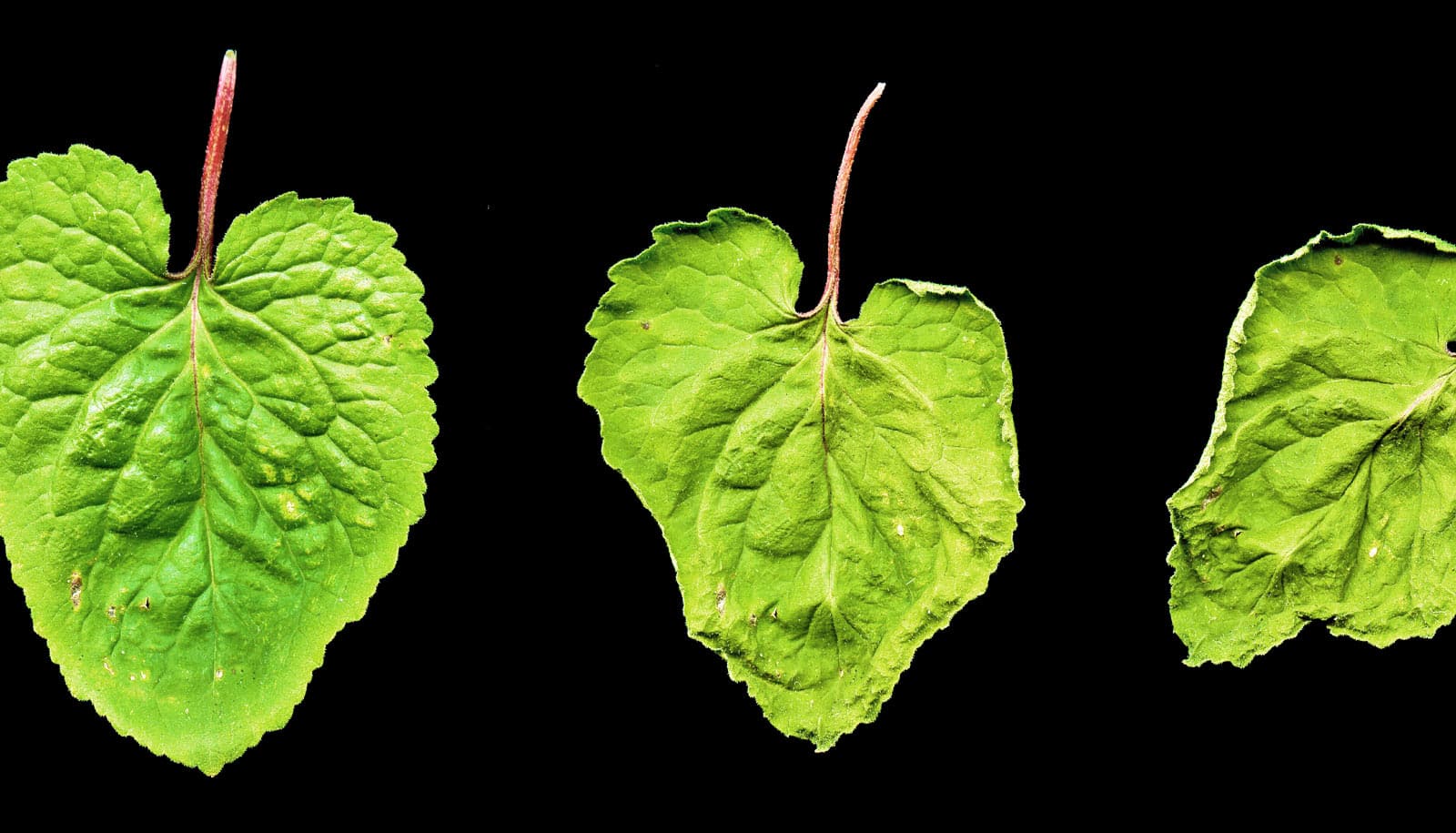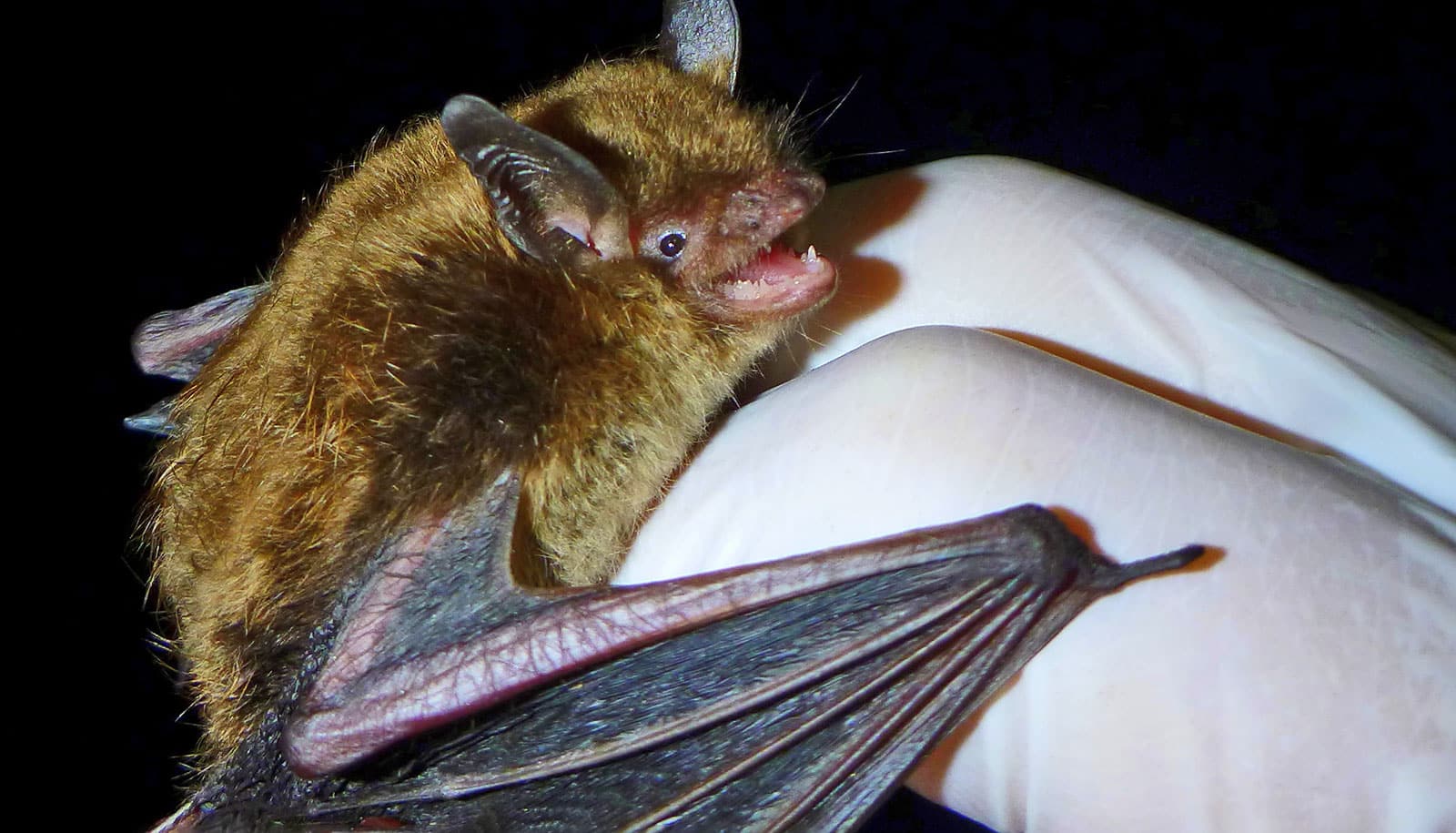Scientists seeking to unlock the secrets of cellular aging have identified a gene that triggers senescence, a phenomenon in which cells stop dividing.
Senescence is a natural occurrence in the life of a cell, and researchers wanted to learn about it for a couple of reasons:
- It’s connected to old age: Senescent cells are thought to contribute to heart disease, arthritis, cataracts, and a bevy of other age-linked conditions.
- A lack of senescence is a hallmark of cancer cells, which bypass this process to replicate in an uncontrolled manner.
The new study, which appears in in Molecular Omics, illuminates genes involved in cellular senescence, and highlights one in particular that seems tightly associated with this crucial biological process. The gene, called CD36, is unusually active in older, senescent cells, researchers say.
What’s more, scientists were able to cause young, healthy cells to stop dividing by heightening CD36 activity within those cells. The effect spread to nearby cells, with almost all of the cells in a petri dish showing signs of senescence when only a small fraction of those cells—about 10 to 15 percent—were overexpressing CD36.
New cells placed in the growth medium (a soupy substance) that previously housed the senescent cells also stopped replicating.
“What we found was very surprising,” says Ekin Atilla-Gokcumen, an assistant professor of chemistry at the University at Buffalo. “Senescence is a very complex process, and we didn’t expect that altering expression of one gene could spark it, or cause the same effect in surrounding cells.”
The results point to CD36 as an exciting topic of future study, researchers say.
The gene’s exact role in senescence remains a mystery: Scientists know that the gene guides the body in building a protein of the same name that sits on the surface of cells, but this protein’s functions are still being studied. Proposed activities include helping cells import lipids, and influencing how these lipids are used within cells.
“Our research identifies CD36 as a candidate for further study. Senescence is a fundamental aspect of being a cell, but there is still a lot that we don’t know about it,” says Omer Gokcumen, an assistant professor of biological sciences. “Senescence seems to have implications for old age and cancer, so understanding it is very important.”
The scientists didn’t set out to investigate CD36. Instead, they began with a pair of broad goals: They wanted to catalogue all genes related to senescence, and they wanted to gain a better understanding, in particular, of lipid-related genes involved in this process. Past studies have shown that lipids play a role in cellular aging.
CD36 emerged as a gene of interest in experiments designed to address these questions.
First, through a technique called transcriptomics, scientists identified CD36 as one of the two lipid-related genes that ramp up their activity the most in senescent cells.
How naked mole rats live long, cancer-free lives
This part of the study was done on two kinds of cells—human skin and lung fibroblasts—and the findings held true for both cell types. CD36 popped up again in a second test, this one a genetic analysis of all lipid-related genes that kicked into high gear during senescence.
Within this group of genes, CD36 stood out as one of the most variable in humans, meaning that the gene’s DNA sequence is highly likely to vary from person to person. Such diversity may be an indicator of functional variation, in which different environmental and evolutionary pressures give rise to a range of useful mutations in a highly expressed gene that serves an important purpose, Gokcumen says.
Gene mutation extends life and health of some Amish
“We did not set out to look for CD36,” Gokcumen says. “We took a broad approach to our study, using transcriptomics and an evolutionary framework to identify genes and proteins that are fundamental to the senescence process. In the end, CD36 stood out as an outlier in both cases. That’s kind of beautiful—a compelling way to do biological research.”
Source: University at Buffalo



